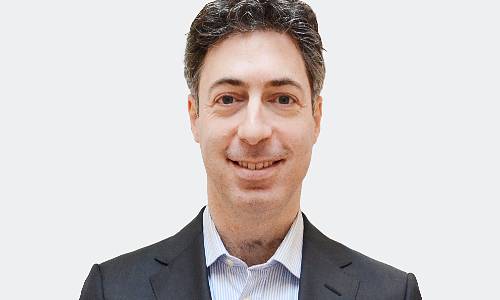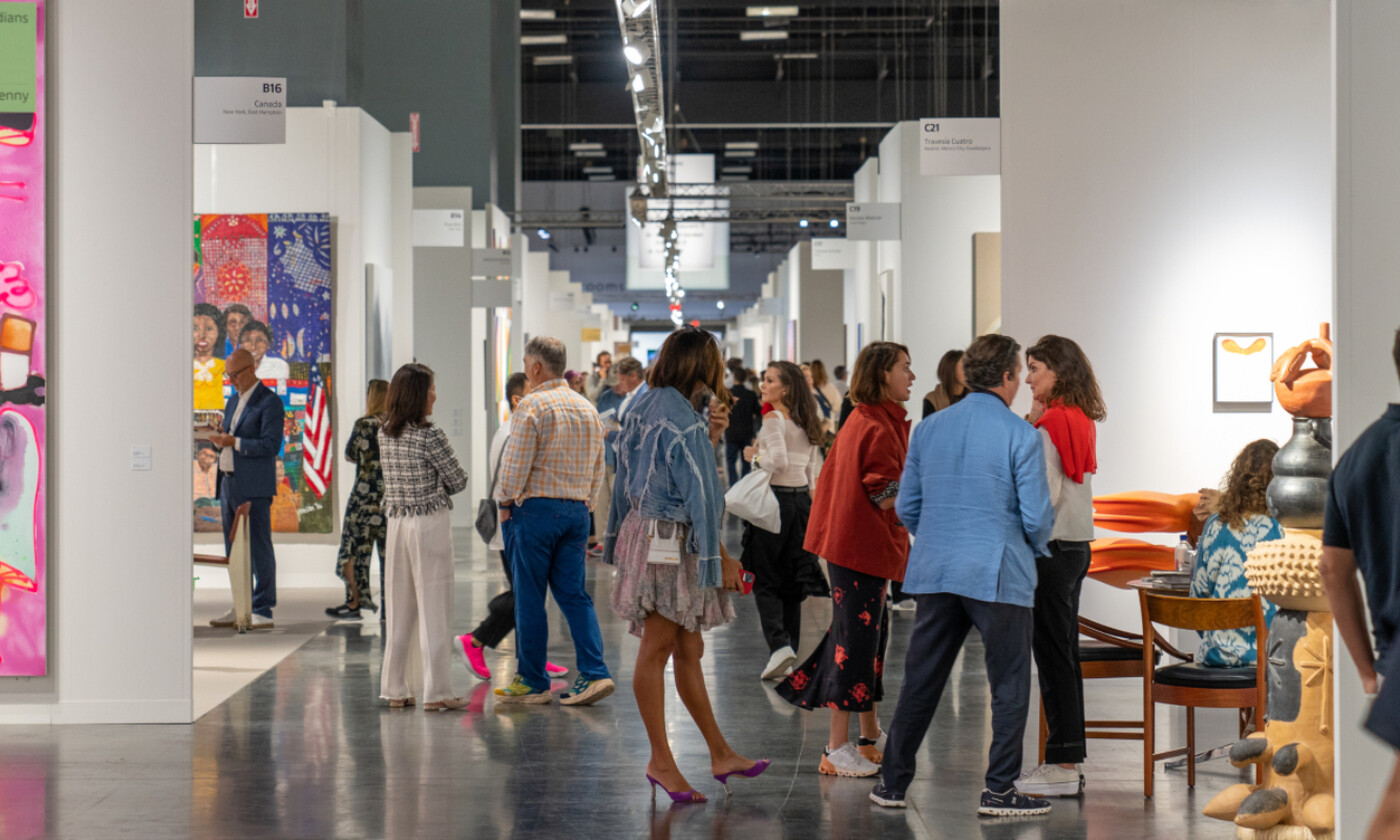Swiss banks are heavily invested in art, yet the understanding of art as an investment often lags in the industry. A startup of a former banker aims to change this.
Trading art like stocks – this is an idea that resonates with former UBS manager Andrea Orcel. As reported by finews.ch, the top banker serves as a board member at the internationally active art exchange, Artex. Pascal Schneidinger (pictured below) is also dedicated to the idea of turning paintings into investments.
He shares with Orcel a background in making a career in the financial world – at Credit Suisse First Boston (CSFB), Deutsche Bank, and American private equity firm Starwood Capital. However, the Italian and the Swiss finance professionals differ fundamentally in their approaches.
Similar to a Private Equity Fund

(Image: Partasio)
While Artex makes individual paintings marketable and profits from trading «art stocks,» the startup Partasio, launched by Schneidinger and based in the canton of Zug, focuses on works that ideally never enter the market. As the former banker, who managed a chain of design furniture stores in Shanghai for ten years, explains, he essentially follows a Private Equity approach.
«We acquire four to six works in off-market transactions, each priced between $500,000 and $3 million, bring them together in a portfolio, hold them for five years, and then try to sell the paintings at a premium.» Unlike private market funds, the entire sales proceeds are distributed to the investors and not reinvested.
Collaboration With CAT Financial
Partasio claims a performance fee from the potential increase in value. Schneidinger emphasizes that the company has a vital interest in such appreciation occurring. In implementation, Partasio operates with actively managed certificates, known as AMC.
These financial products can be purchased by professional investors, and they are available to investors in the startup's papers with a minimum entry threshold of CHF 30,000. Partasio collaborates with the Zurich financial boutique CAT Financial, which acts as the manager of the certificates, while Partasio serves as the advisor.
First Painting Acquired
An initial AMC was already launched in September of last year; now the funding or search for investments is ongoing. According to Schneidinger, a first portfolio painting has already been acquired: an untitled painting by contemporary German artist Günther Förg, purchased for over 600,000 francs. This is significantly below the price for comparable works by this artist, says Schneidinger.
The CEO of Partasio, along with his partners, art historians Stephanie Schleiffer and Jonathan Levy, considers Förg to be one of the around 40 artists worldwide whom they designate as «Bluechip» based on their criteria.
Bluechips of Art
This means focusing on art that is both historically and financially relevant in the long term, with clear provenance and can be assigned to a liquid segment of the art market. Other Bluechips according to Partasio include the German painter and sculptor Gerhard Richter and the late American artist Jean-Michel Basquiat.
Schneidinger reports a positive response from investors to the new offering, considering the challenging stock market situation. However, the question of trust arises naturally when access to a market that was previously closed to most investors opens up. Nevertheless, art is likely the largest asset class with a consistently low correlation with traditional investments. In recent months, artworks have also proven to be very inflation-resistant.
«Of Course, we Have to Start at the Swiss Wealth Location»
Collaboration with institutional partners is also progressing. The startup founder mentions wealth managers from the Aquila Group, and there is now active communication with a major private bank. Schneidinger feels confirmed in his choice of Switzerland as the starting point for his company. «For me, it was clear that we have to start at the Swiss wealth location,» he says.
And how is the endeavor received in the local art scene? «Finance and art are two incredibly different worlds,» admits the former banker. Therefore, he emphasizes the importance of being supported by his art-savvy partners, Schleiffer and Levy. More than banking, the art trade is a relationship business where long-standing contacts open doors.
Vital Interest in New Art Collectors
But this market is also facing a generational shift and has a vital interest in finding new collectors, says Schneidinger. And lastly, the financial professional says, presentation matters. «Appearing at meetings like Wall Street would not be productive,» suggests the veteran of the New York financial mecca.


